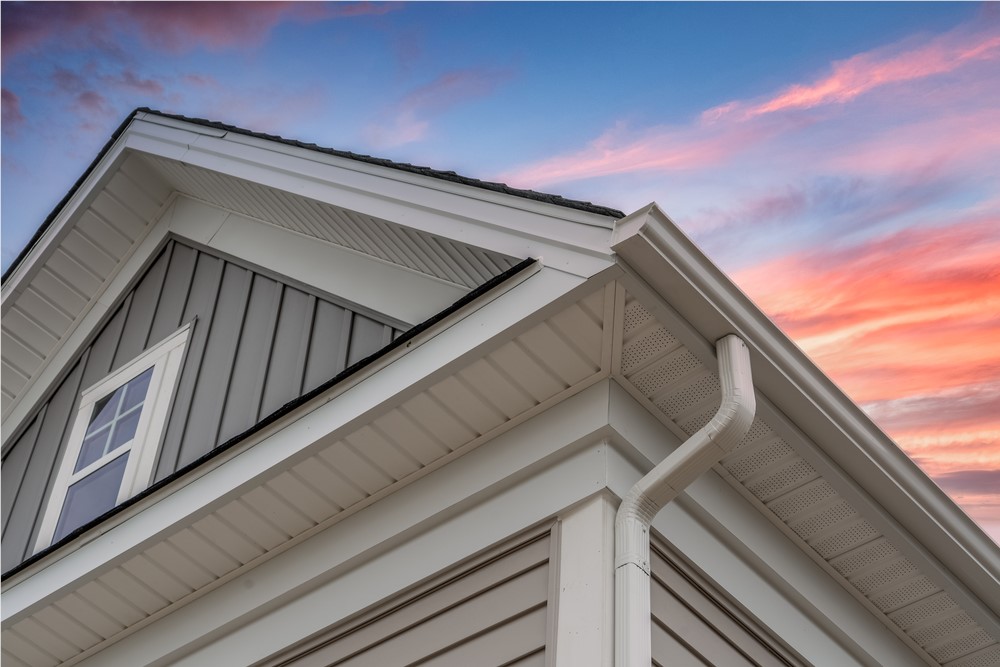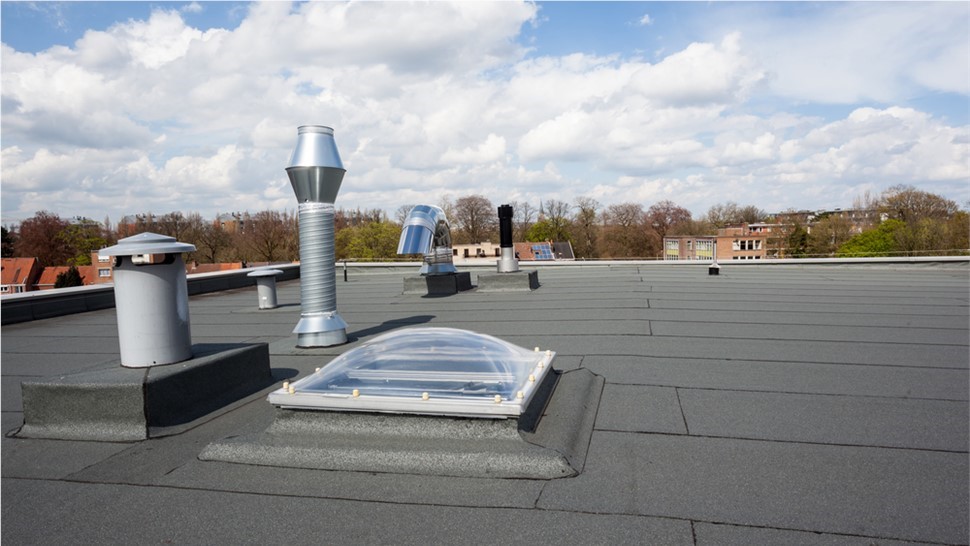How Often Should House Siding Be Replaced?
No matter what siding material is protecting the outside of your home, the passage of time will bring the need for repair and eventually replacement. Some materials will need to be replaced earlier than others, depending on the conditions through which they have stood. The most common materials for American homes include metal (primarily aluminum), wood, and vinyl. All of these siding options have their benefits and disadvantages. It is vital to understand when these different types of materials will need to be replaced and what to look out for so your siding is not stressed passed its expiration date. If siding in need of replacement is ignored, the damage is much more likely to affect the home’s interior and cause irreversible issues.Metal Siding
While homes with metal siding today have been styled to look as modern as possible, the use of aluminum for a home’s exterior comes from the beginning of the 20th century. It was especially popular in the past due to its fire resistance and simple installation. Metal siding is capable of lasting a couple of decades or more but usually starts to fade and deteriorate around the 15-year mark. This average lifespan varies based on factors such as the climate or how well it has been maintained. If the region has harsh weather frequently, such as hail or storms, deterioration is likely to start earlier. One other disadvantage of aluminum siding that makes it less popular is its tendency to dent and develop pitting from wind-blown projectiles or hail. In this unfortunate case, your siding should be replaced no later than 20 years after installation.Wood Siding
Wood is appreciated for its traditional and sophisticated appeal, and it offers a natural look to any home. While these aesthetic qualities alone may be worth it to some homeowners, there are a number of drawbacks to be considered. Since wood is an organic material, it is harder to preserve. Insects love to target wood siding to bore their own homes, which draws woodpeckers or other insectivores. Wood siding is also susceptible to moisture damage and needs a lot of proactive maintenance to keep the threat of rot away. Wood is designed to last anywhere from 20 to 40 years, but this is only under the best circumstances.Vinyl Siding
Vinyl siding is a reliable choice for any homeowner due to its minimal maintenance requirements, cheap material cost, and high durability. It also comes in hundreds of different styles and colors to suit any individual’s taste. Vinyl siding is designed to last up to 60 years, depending on the surrounding climate and upkeep. Vinyl is not subject to the same issues as metal or wood. It will not trap moisture, rot, or rust. While it is a quality, durable material, it still needs to be repainted and washed periodically. The lifespan of vinyl siding decreases significantly if major damage is ignored and left to worsen, so it is essential to inspect it thoroughly for hidden issues.Subscribe to Amos Exteriors's Blog








Comments